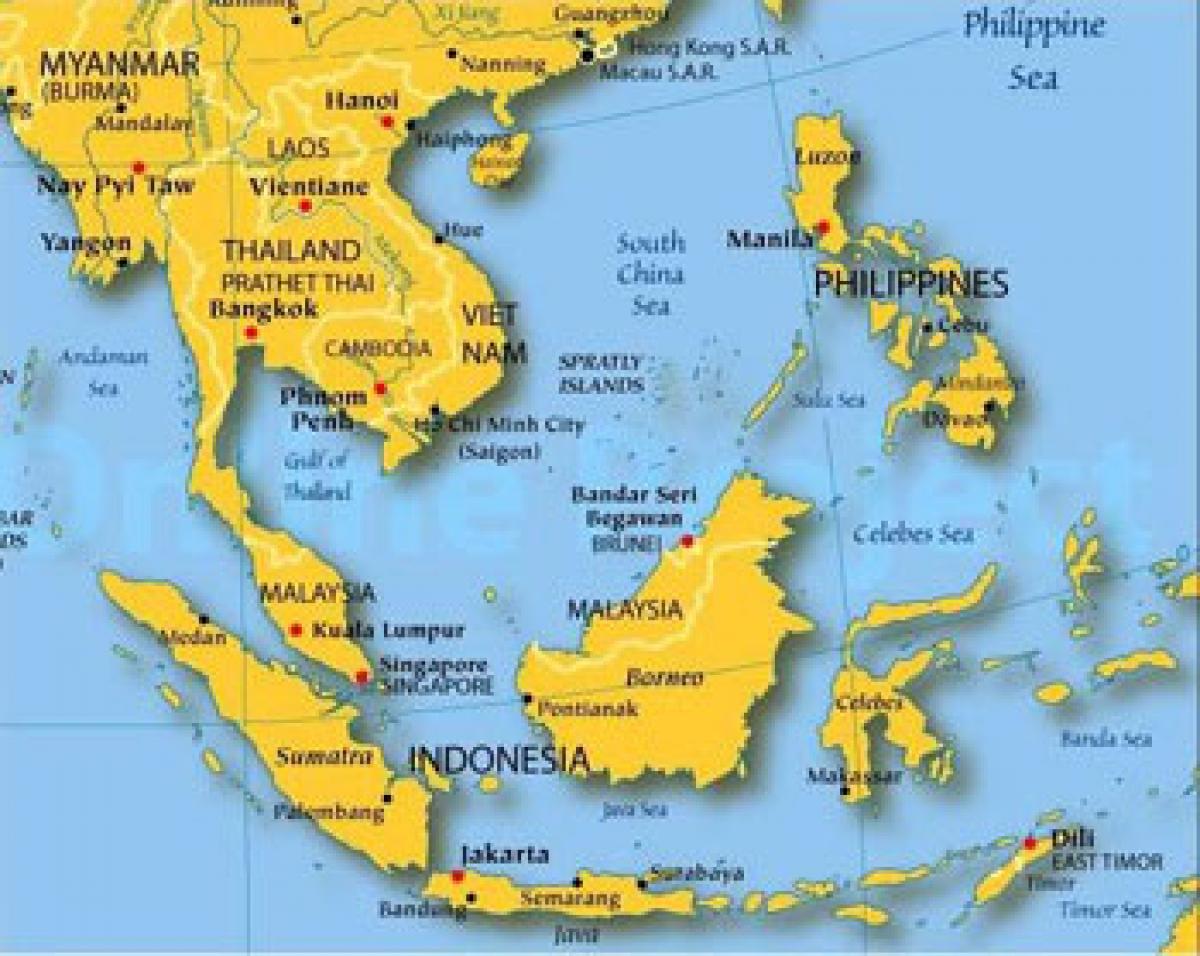Live
- UpStudy: The Smart Solution for Homework Hassles
- Actress Rithika and models inaugurate Sutraa Lifestyle Exhibition
- Loud campaign
- Faculty students celebrated english literature day in Government Degree College
- Huge fire accident.. Shops of street vendors burnt in the fire
- Pawan Kalyan promises to protect the coastal area from sea erosion
- EC Transfers Two Senior IPS Officers in AP ahead of Elections
- DMK analysis predicts victory for INDIA bloc in TN but concedes gains for BJP and NDA too
- India showcasing innovative technologies at World Energy Congress
- IPL 2024: Mitchell comes in for Ravindra as Lucknow opt to bowl first against Chennai
Just In

The Association of Southeast Asian Nations (ASEAN) has established a formal community that attempts to create freer movement of trade and capital in an area of 625 million people with a combined economic output of $2.6 trillion.
 The Association of Southeast Asian Nations (ASEAN) has established a formal community that attempts to create freer movement of trade and capital in an area of 625 million people with a combined economic output of $2.6 trillion.
The Association of Southeast Asian Nations (ASEAN) has established a formal community that attempts to create freer movement of trade and capital in an area of 625 million people with a combined economic output of $2.6 trillion.
The Community Declaration was signed on November 22 by the 10-member ASEAN leaders in Kuala Lumpur, where meetings also took place on rooting out "terrorism and extremism."
"In practice, we have virtually eliminated tariff barriers between us," Najib Razak, Malaysia's Prime Minister, said. "Now, we have to assure freer movements and removal of barriers that hinder growth and investment," Aljazeera quotes him as saying.
he ASEAN Economic Community (AEC) envisages the following key characteristics: (a) a single market and production base, (b) a highly competitive economic region, (c) a region of equitable economic development, and (d) a region fully integrated into the global economy.
The AEC areas of cooperation include human resources development and capacity building; recognition of professional qualifications; closer consultation on macroeconomic and financial policies; trade financing measures; enhanced infrastructure and communications connectivity; integrating industries across the region to promote regional sourcing; enhancing private sector involvement for the building of the AEC and so on.
In short, the AEC will transform ASEAN into a region with free movement of goods, services, investment, skilled labour, and freer flow of capital. With regard to the ASEAN Economic Community (AEC), the major development was the formal announcement of the establishment of the ASEAN Community, inclusive of the AEC, ASEAN Political-Security Community (APSC) and the ASEAN Socio-Cultural Community (ASCC) with effect from December 31, 2015.
Although this had been generally anticipated for years, what may seem like a formality to some is still a significant step in the regional integration of Southeast Asia, writes Edmund Sim at http://aseanec.blogspot.in/ “Our ASEAN way has guided us and will continue to be our compass as we seek to realize a politically cohesive, economically integrated, socially responsible and a truly people-oriented, people-centered rules-based ASEAN,” said Najib Razak who was the summit host.
Integrating ASEAN economies, intended to help the region compete with giants China and India, would create the world’s seventh-largest single market, notes Voice of America. Compared to the European Union, the AEC is culturally and politically more diverse with various systems of government including communism (Laos and Vietnam), a military junta (Thailand), authoritarian (Cambodia), quasi-civilian (Myanmar) and a monarchy (Brunei).

© 2024 Hyderabad Media House Limited/The Hans India. All rights reserved. Powered by hocalwire.com







